2013 OSSA EXPLORER
Go Anywhere, Go Weird
MSRP: $7800
- Light weight, agile and easy to ride on difficult trails.
- The fuel injection is spot on and makes the two-stroke work longer and harder.
- Trials bike ability with a gas tank and a seat.
- Quality control department may have been on "siesta." Bits and pieces seem way under built.
- Hard starting and requires a four-stroke of old kick precision. Electric starting please!
- With a young brand and an old history you never know the future.
Introduction
- Ossa isn't just relying on a name, they are changing the game.
- The Explorer bridges the gap between trials and trail.
Do you remember Ossa? Or maybe it is a name you have never heard before? With motorcycle production active from 1924 to 1982, the Spanish company has a long history. But with the gap till 2010, where the brand was purchased and began producing trials bikes, for some younger riders the brand may not even register.
Going big with a revolutionary reversed-cylinder, fuel-injected two-stroke motor as the base for its new bikes, the re-launch has been pretty spectacular, if you are into trials. And the next logical step was the release of the explorer in late 2012, a bike based off the trials bike but with trail riding capability.
Changes
- The Explorer is an all new bike with 2012-2013 being pretty much the same machine.
- Based off the 280i trials bike the Explorer adds a seat, fuel capacity and "economy" suspension.
To make this bike the Ossa factory was smart in using the existing trials bike for the majority of the Explorer. The frame and engine are essentially the same with the suspension getting a downgrade to keep the cost in check. The obvious body changes fit a seat and a piggyback gas tank to bump the total fuel capacity to 2.2 gallons. There are some “dual-sport” lighting effects but they are minimal and in reality don’t look or seem like they are intended to last long. Likewise for some of the parts like the rear grab handle and buddy pegs.
Power
- Fuel Injecting a two-stroke is as good as it gets with "jetting."
- The power is smooth and linear--pretty powerful for a trials bike.
There is a bit of an art to starting a fuel-injected two-stroke that does not have a starting battery. Especially when the full stroke of the kick starter turns the motor over just about one revolution. It takes a full, smooth hard kick, and then you have to be careful not to flood it. Holding the bike wide open and kicking it does not produce the same results as a carbureted two-stroke. Most of the time the bike starts right up. But if it doesn’t after a few kicks it is wise to disconnect the wire to the injector and clean the bike out, wide open.
Once running, the bike requires very little warm up time and the throttle response is crisp and clean. It has a heavy-flywheel type of pick-up where it isn’t really snappy but it is reluctant to stall. The FI is very impressive at allowing the bike to lug down to ridiculously low-low RPM and still continue to turn over even at very large throttle openings; and change the throttle position and not have the bike get confused. Otherwise you’d be hard pressed to feel the difference between FI and a carb, or we should say a perfectly jetted carb.
Power builds very smooth and very linearly, the kind of power build that you want if you want traction. And for a two-stroke without a true expansion chamber nor a powervalve, the power is very long.
The unique engine design, with the intake on the front and the exhaust flowing from the rear of the cylinder towards the back of the bike, places the injector nozzle in the reed cage area and a throttle body on top of that. The engine is very compact and houses a six-speed transmission activated through a hydraulic clutch.
The transmission ratios, the same as the trials bike, have a very low first through third speeds and then the ratios start jumping to give the bike some legs in the upper ranges. You could literally walk faster than first with no throttle and sixth will have you rolling at 60 if you feel the need.
The clutch is trials-bike good with control and modulation one would expect from bikes that require so much control here. And it will do an amazing job of allowing you to boost the bike with an abrupt snap as well as carry you seamlessly through second gear turns in fourth gear when needed.
Suspension
- "Economy" suspension is all you'll really need for the intended riding on this bike.
Trials suspension is all about being soft and getting traction, and that seems the path that Ossa took with the Explorer. The components are Chinese copies of Marzocchi components and they get the job done adequately without too much fuss. It isn’t hard to bottom the bike, especially at speed or if jumping, so you have to watch out for this, it is the same as on most trials bikes.
Most of the bump compliance comes from the tires and a lot of the tuning in the tire pressure and the rebound side of the suspension is meant to give the bike hop or bounce. Here is it springy enough to help when climbing onto rocks or getting over obstacles yet not being too wallowly to where the bike does not like to hold lines in turns. The seat also plays into the suspension package when sitting, and it is cushy but does not feel like the foam will last for the long haul.
Chassis - Handling
- The Explorer is a trials bike trying to be a trail bike and not the other way around.
- There isn't a dirt bike that feels this light on the trail.
- Having a seat to sit down on when climbing or turning really makes a difference.
The handling of the Ossa is where it is really a standout and might just be the right package for you, if you are looking at this type of motorcycle. It is a trails bike trying to be a trail bike and for that it works perfect. The ergonomics keep a trials stance, with footpegs back and the handlebar forward, and it works fine when you are standing.
The sitting position is a little bit awkward as your feet will feel behind you and then the brake pedal and shifter are a little difficult to operate with your feet on the pegs. The seat to footpeg distance is a little cramped, so taller and long legged riders will feel folded up. If you stand up and move the bike around underneath you it is very responsive and feels so much lighter than any enduro dirt bike.
The steering has that light feeling and since there isn’t as much weight on it as a dirt bike rider may be accustomed to, it can feel vague and wash out more than what seems normal. Yet being able to sit on a seat will have the Explorer turning circles around a trails bike, especially in soft sand.
But that light front end means it is so easy to loft and hop up onto things and over bumps. Using your body’s weight has so much more of an effect on how the bike responds you find yourself trying and accomplishing terrain you never could have on a full-sized bike. And the smooth power plays perfectly with this handling character. Not to even mention the low seat height allowing feet-on-the-ground assistance with no issues at all.
The brakes on the bike are plenty strong and have good feel, providing you can get your foot on the pedal. We're told going to the trials bike's footpegs and brake pedal make this a better fit.
Conclusion
- If you want to take your off-road bike places you may not be good enough to ride, maybe this bike can help.
- Many riders are getting older and don't need the power and suspension, as well as the weight of a modern bike, the Explorer could be the answer.
- If you want weird, unique and obscure, here it is.
Testing the Ossa wasn't without its issues. It isn't a Honda nor a KTM, and things in Spain are just getting by in this tough economy. So much so that the Ossa and Gas Gas factories have become one. There are some little things, like the attachment of the grab handle and hanging on of some of the plastic parts that was definitely an afterthought.
This is the type of bike that you'd be wise to get home and tear it completely apart and check everything. Our bike did not have bolts in the lower fork pinch clamps (nor does the parts fische even show them?) which seemed very strange and did affect the way the bike felt under braking. The footpegs were built from pot metal and seemed welded with solder, needless to say they broke on each one's very first rock hit and made jumping the bike a little worrisome. We had plastic parts flying off as the small attachment tabs were not enough, zip-ties are mandatory. There isn't a low fuel light in the trip computer although there is a spot for it.
Yet the core package of the bike (aside from the difficult starting) is very solid from what we could tell with our limited time on the bike.
Yet this Ossa may just be pioneering a type of motorcycle that's time has come. The package is easy to ride and makes difficult trails much easier for a couple of reasons. It has a very low seat height so it is easy to get a foot (or two) down when you need to. The bike is light and very agile so it does not throw the rider around, quite the opposite is more likely, being small and light.
Then there is the power, and gobs of low end torque combined with low gearing. The Explorer will explore easily. It is relaxing to be able to sit down on it as long as you are not too tall, while still being comfortable to stand up. There are a lot of older riders who may not need the high horsepower and tall suspension of current modern bikes but they want something that is not of the playbike variety. And a lot of these riders may even know what an Ossa is.
Recent Product Tests
What Others Said

http://en.wikipedia.org/wiki/Ossa_(motorcycle)
Leave a Reply
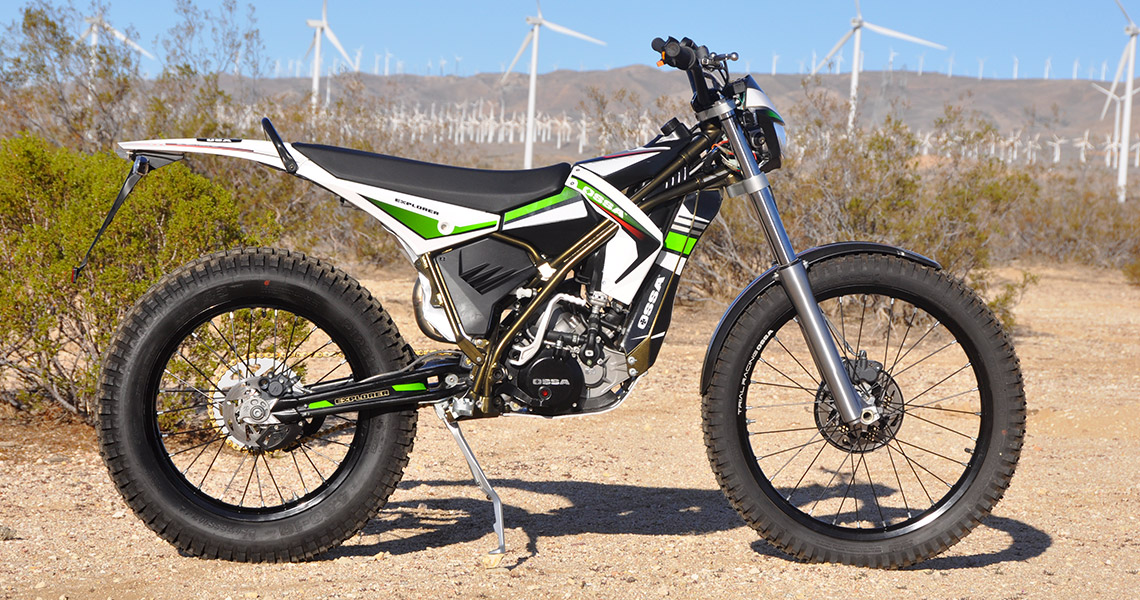
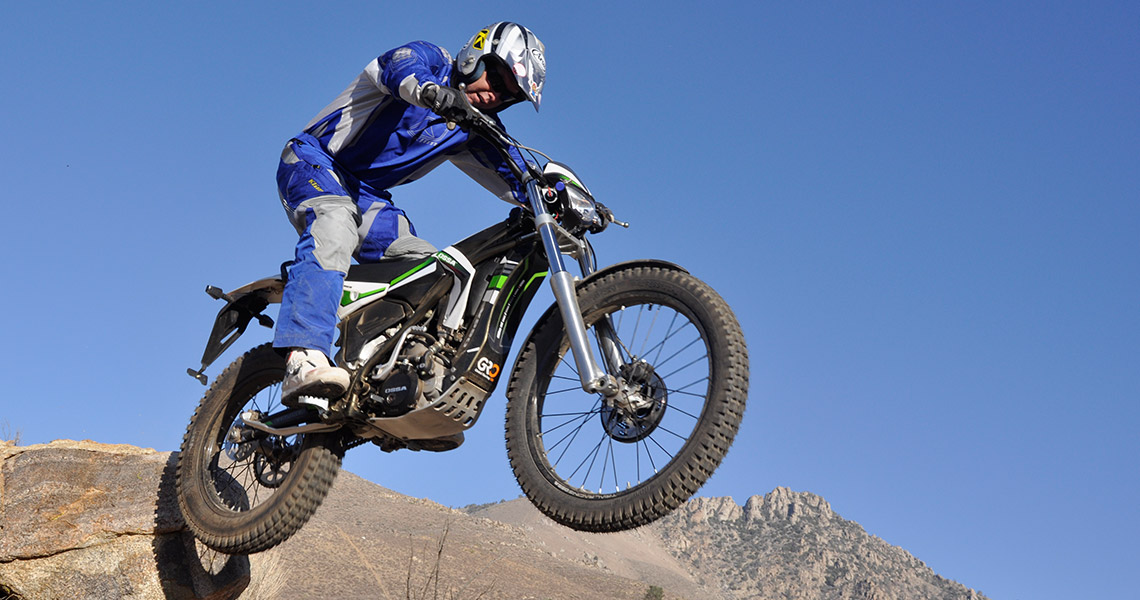
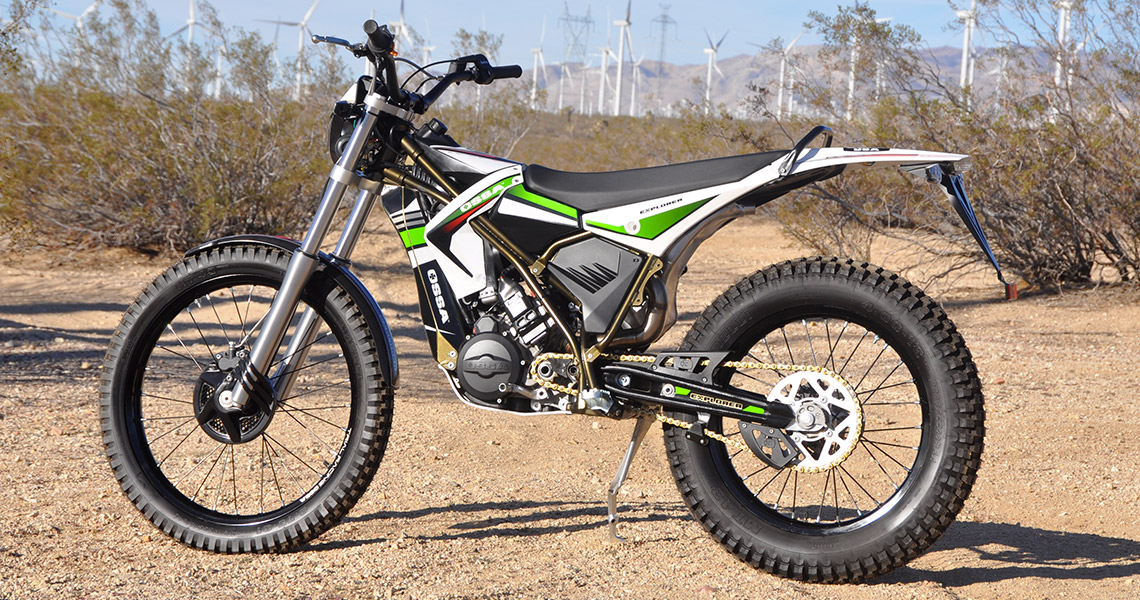






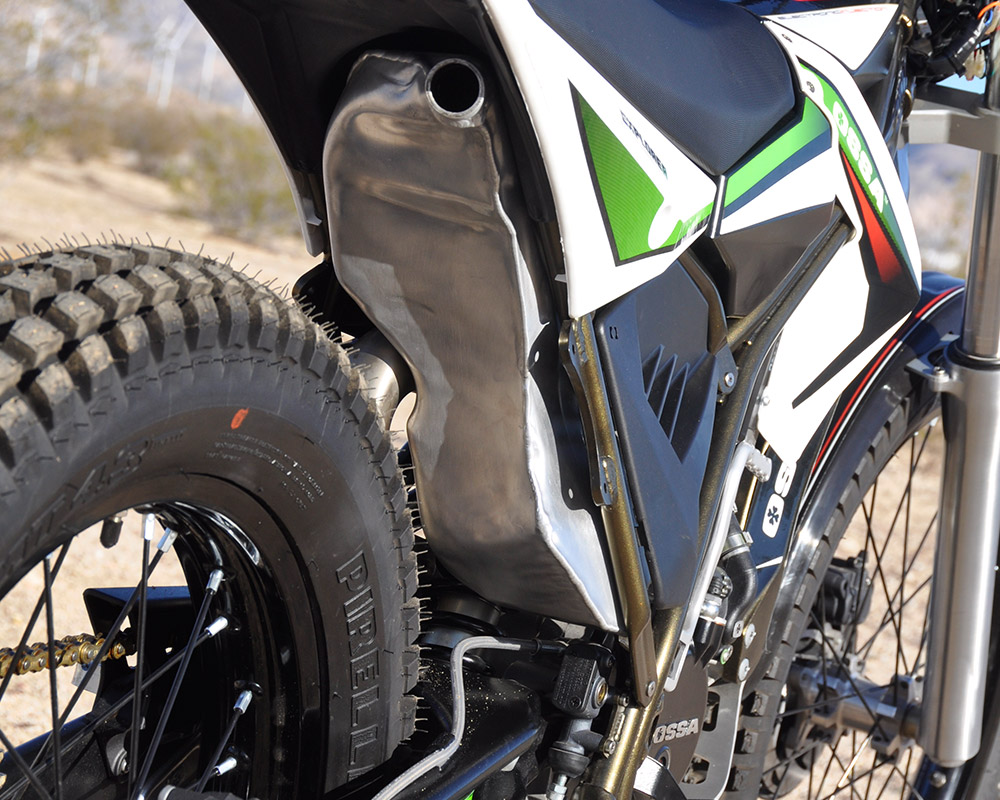
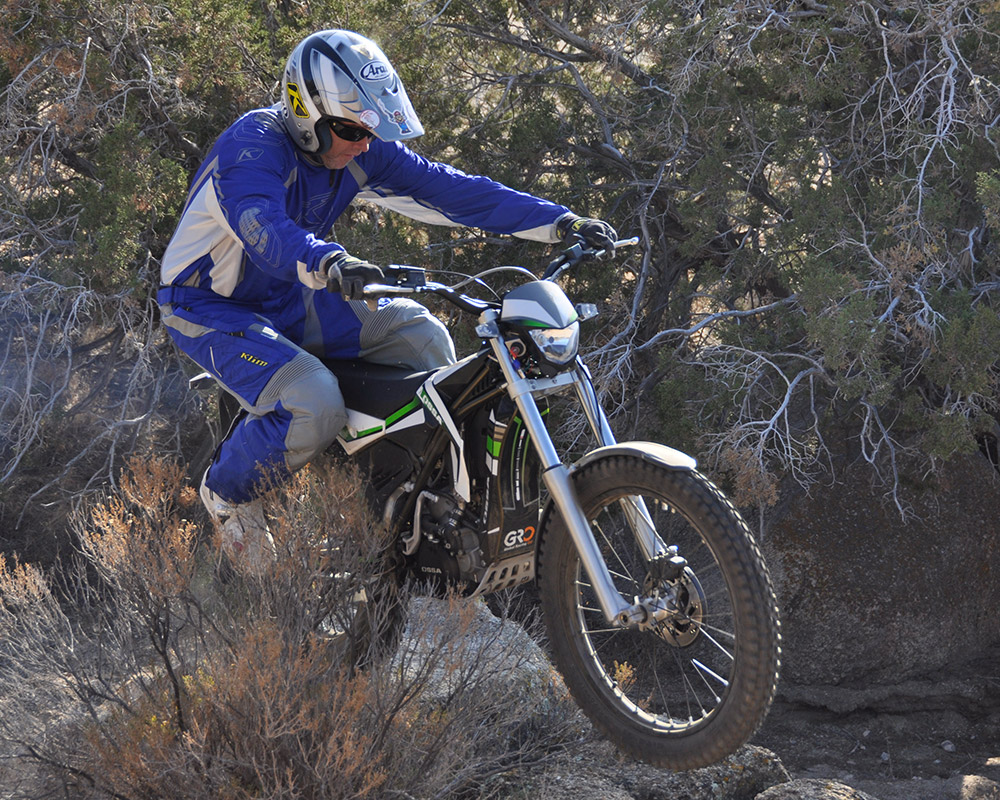
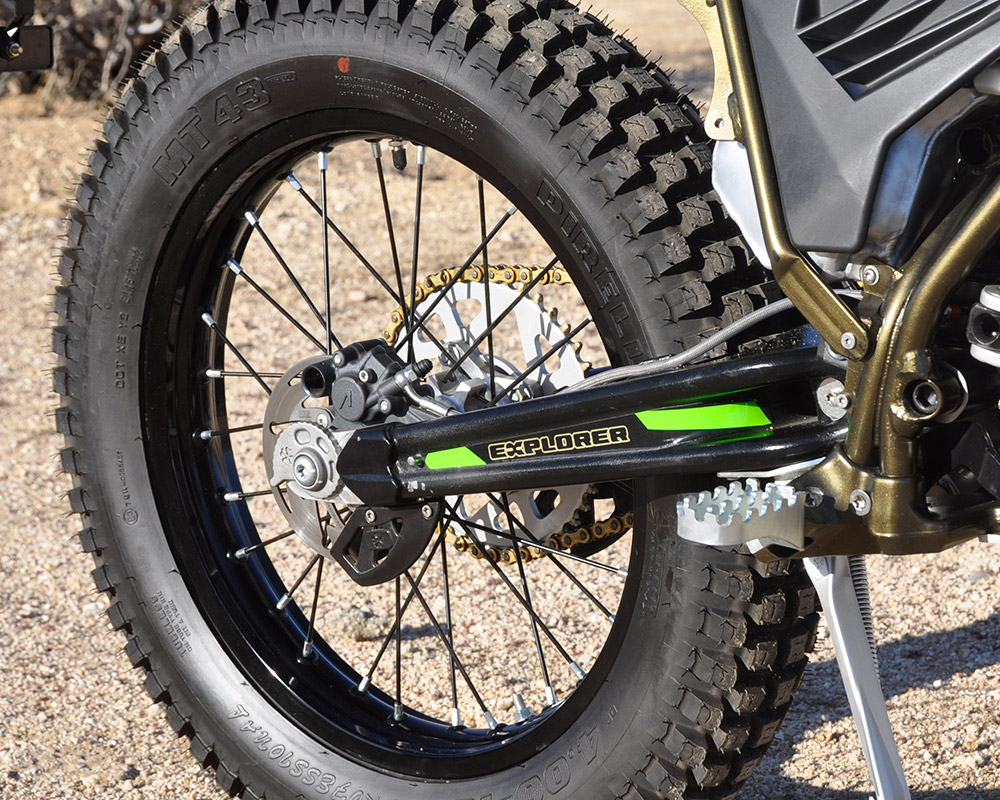
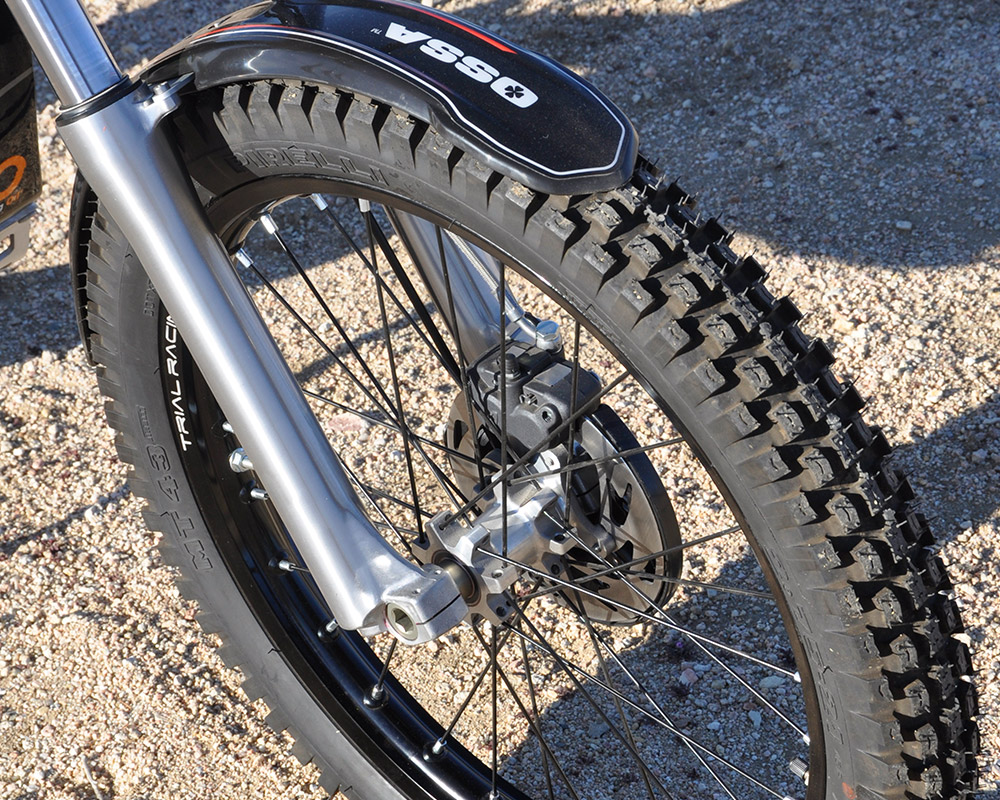

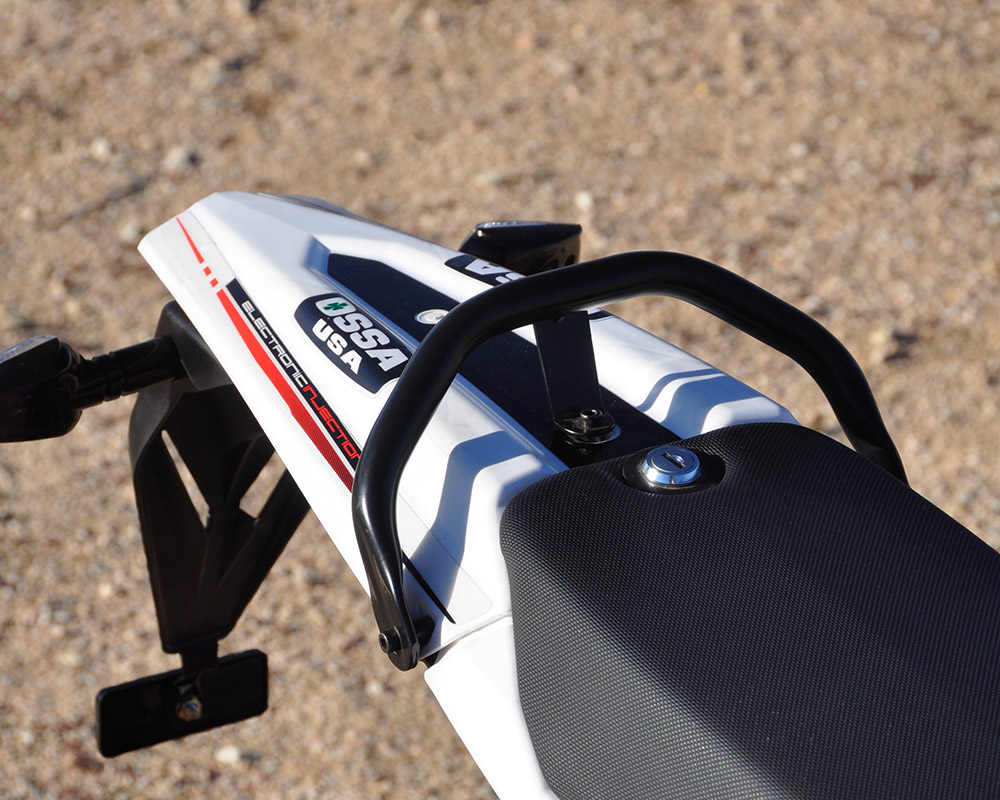


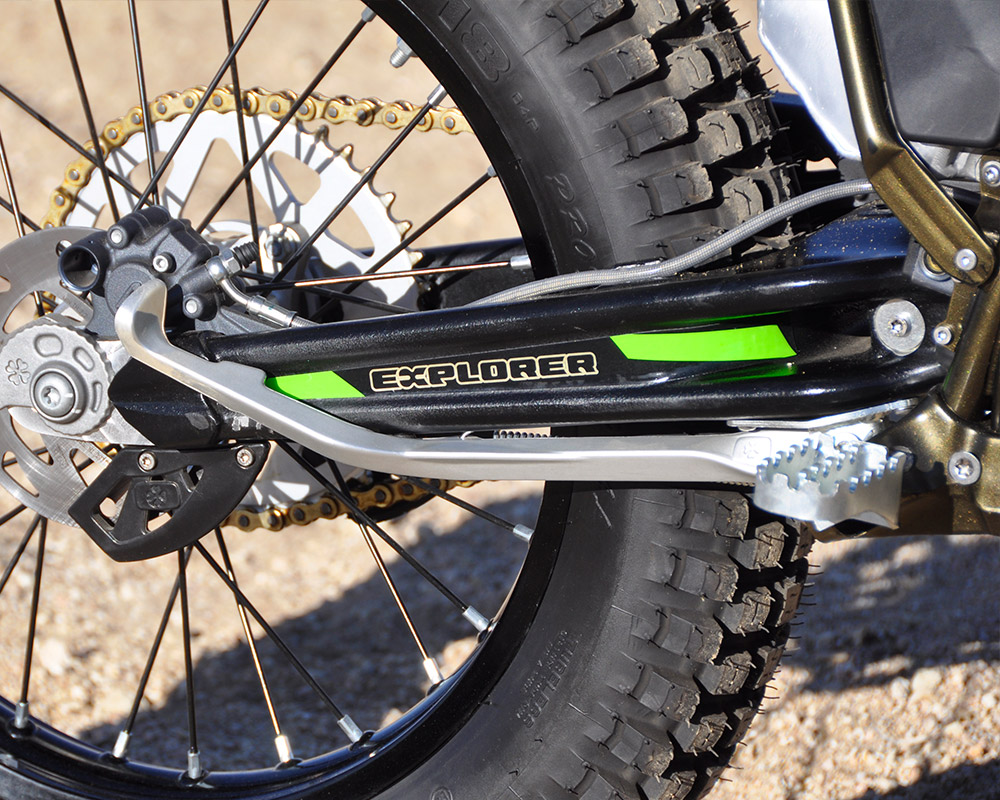
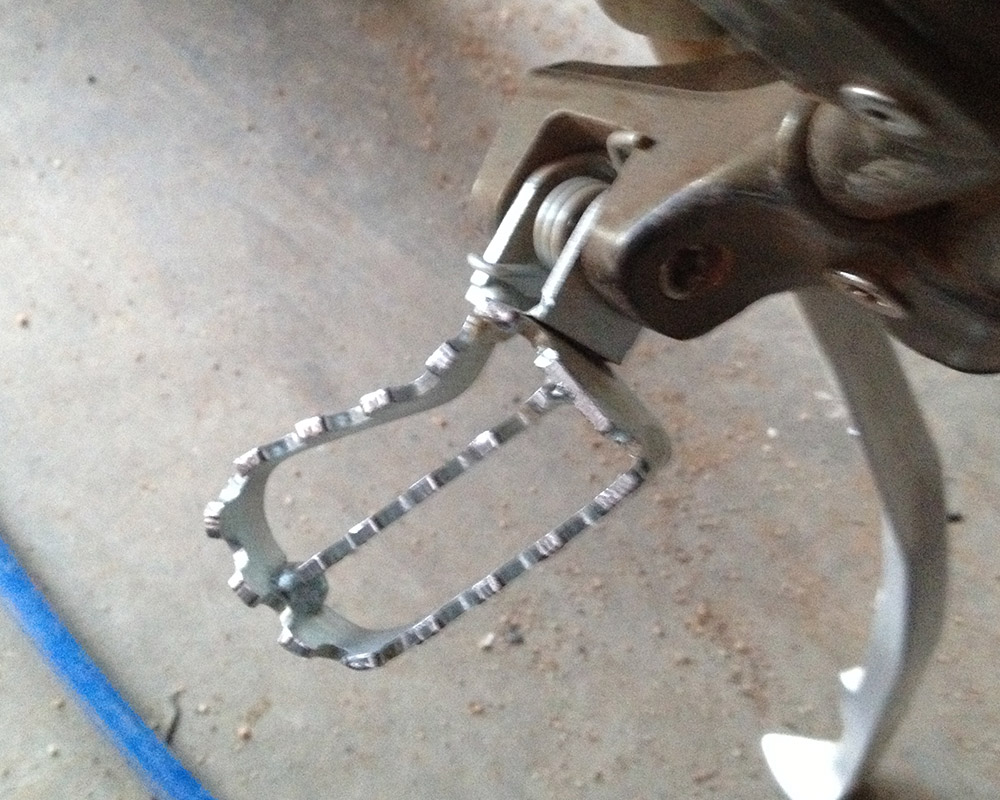
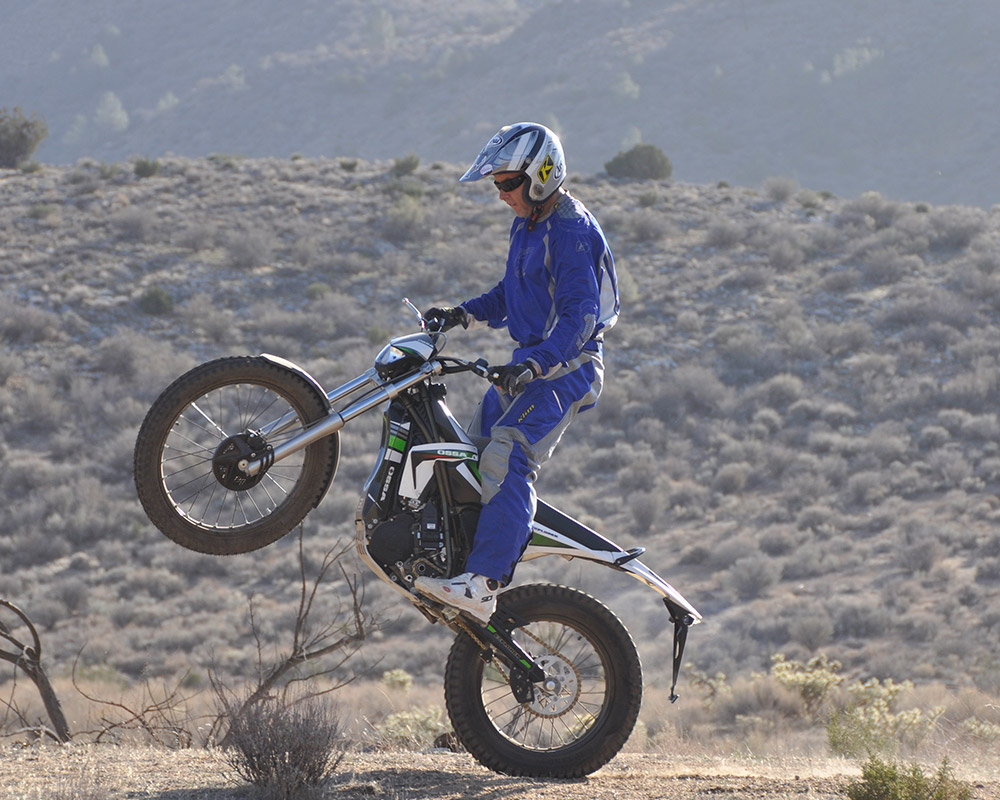
One Response to “2013 OSSA EXPLORER”
Brandon Mueller
I like the direction of this bike, Ktm Freeride and Beta Trainer are going for uber difficult tight step trails!